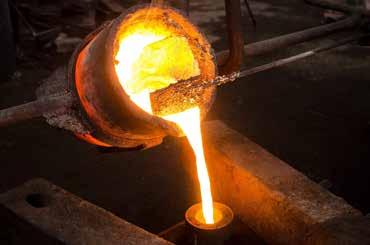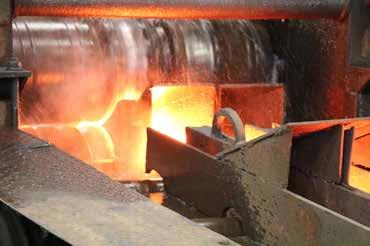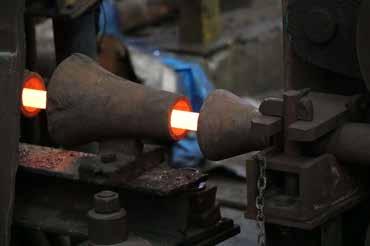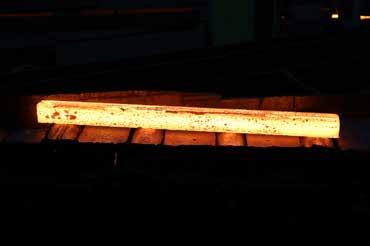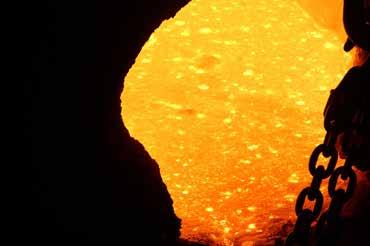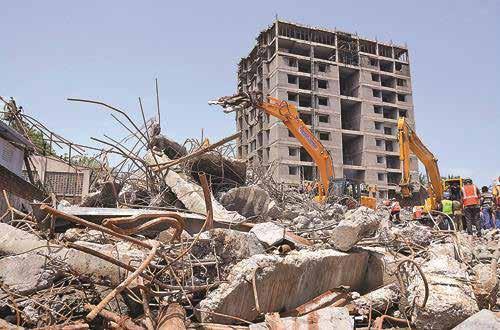
7 minute read
Waste Reduction in Projects minimizing environmental impact
Material and Labor Waste Reduction in Building Projects
Construction is an ever growing and a highly competitive industry. Waste management has become an important part of the construction industry to minimize environmental impact. Construction Management is a process where project owner(s) are provided with the planning, coordination and control of the construction process from start to end which includes aspects like cost, timeline, quality, safety, function and waste management as well.
Advertisement
Whenever construction waste is mentioned, we normally tend to imagine demolition waste or leftover materials pieces. However, there are many hidden forms of waste that need to be considered to increase efficiency and also reduce cost. Inefficient MEP system layout and change orders are one of the commonly observed issues that contribute to construction waste.
Building Information Modeling (BIM) is one of the most powerful tools for handling and preventing construction waste at the design stage. BIM can detect component clashes, eliminating order change when detected, and also allow a 3D visualization of the building system so MEP engineers can make better decisions in optimizing the designs efficiently. Share spaced have many MEP components that can be suspended above a ceiling, embedded in the walls or floor, or even distributed in vertical shafts. In particular, equipment rooms have lot of components coming from different systems sharing small spaces.
Designing an optimal layout for distribution systems is one of the most difficult challenges when it comes to embedding different MEP components like plumbing pipes, fire sprinkler pipes, air ducts, electrical conduit and hydronic pipes in shared spaced. Inefficient layout of these elements tend to increase the material requirement and in turn increasing the cost as well. The cost of individual unit may be low but when many elements are installed inefficiently, the cost starts to rise exponentially.
of the component layout. Since building systems are usually drawn on different sheets, overlapping them in 2D would only create more confusion with cluttered drawings.
All these limitations and drawbacks can be effectively eliminated with BIM as it provides a 3D model of the designed layout with higher technical details and also assist with component clash detection. This in turn, greatly reduces the installation process consuming less time and low manpower.
Change Orders
During the process of Construction Management, the design firm calculated the project budget on behalf of the project owner. Even though factors like waste management are considered, the design layout and the budget is calculated with the assumption of no change orders. Unfortunately, change orders can be observed in many construction projects.
These disruptions lead to excessive wastage of the 3 most important resources; Materials, Skilled Labor and Time. This generally leads to increased overall cost and delay in completion of project. In buildings with tenant spaces, delay in completion of project means owners cannot start collecting rent till the project is completed.
Change orders are generally a result of ineffective design errors which leads to design system clashes. These clashes are classified into 3 main types:
A Hard Clash occurring due to overlapping component layout, which means the installation is physically impossible. A Soft Clash occurring due to improper functioning of components based on their positions. A Workflow Clash that affects the sequence of project activities like interference between subcontractors due to equipment layout.
Now let’s have a look at construction waste that can occur even after optimal project design layout and how to eliminate the issue.
Prefabrication, a Waste Prevention Strategy
Construction waste can still occur even after having an optimal design layout and no change orders. For example, the dimension of the design components vary from project to project but the component materials like pipes and electrical conduit come in standard sized. Some cutting is required to meet the required dimensions.
Prefabrication is a process where the all the component materials are assembled based on the required dimensions in a factory or manufacturing unit before moving them to the construction site. This helps the project owners use prefabricated modules and reduce the overall waste. Even if there is any waste, it can be used for reuse and recycling.
BIM coupled with prefabrication can further help optimizing the modular components before production. BIM can help visualize these optimized dimensions of the components in the design layout in 3D.


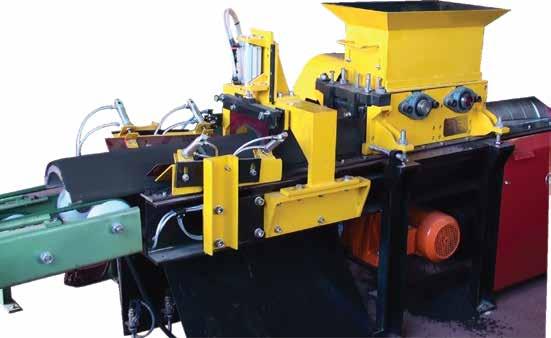
Accurate Steel Mills Limited
Your supply partner in any circumstances
In our last publication, we talked about just how much optimism there was for the year 2020. How projects had been lined up to increase the growth and development of our great country. All that changed upon the spread of the Novel Coronavirus (Covid-19). It became our new reality. It affected around six million people globally. It caused lockdown of airspaces. It caused lockdown of counties. It threatened to destroy the growth and progress of our country economy. But we fight back and continue to do so.

The steel industry continues to fight for a stabilisation of pricing within an uncertain market. During the past few months, we have seen: • An exchange rate shoot to almost 109 Kenya Shillings/US Dollar. This remains very significant given that all raw materials are imported and all bills are, therefore, US dollar denominated. • A severe shortage in raw materials caused either by exporters unable to find vessels to ship raw materials or countries retracting their export licenses from companies to focus on steel being redirected to support the local economies.
This is a very different experience from anything ever seen in the past, and it is likely that the impacts of Covid-19 will continue to be felt long in 2021. As this becomes our new ‘normal’, we must find a way for projects and work to proceed, and Accurate Steel Mills remains your partner in this process. With the latest measures of curfews, we have managed to ramp back up to almost full production and are well stocked with all raw materials. Our doors remain very open to business and we have seen a huge surge in new customer relationships that we are eager to support.
We have taken this opportunity to make a variety of internal changes within our processing to become more environmentally conservative and efficient in our production. Amongst a whole host of factory improvements, we have:
Upgraded our pollution control mechanism at our furnace operations to European standards. Our previous standards had already complied with the PPI requirements of the environmental agencies, but we used 2.
3. the opportunity to upgrade further because we aren’t satisfied with just complying. We always go the extra mile. Increases in product offerings from new installations. We are increasing our product range and beginning testing on a number of new products, from sections to channels. We are increasing the capacity of our current hollow section production mills through new installations and greater efficiency mills.
All of these improvements (and many other in the pipeline) make us very confident that we can continue to be your primary partners in all of your building requirements. When you need the best quality, there is no one else you would rather put your faith in.
Accurate Steel Mills continues to remain at your service – we will continue to update you during the year on our progress with each product. Please give us all your inquiries and continue to follow us in Construction Review Magazine or on our social media platforms. All of our investments have seen a slight Covid-19 impacted delay, but we are confident that we will finish and reveal them to you as soon as possible. We thank you for all your support and most importantly, stay safe during this time!


